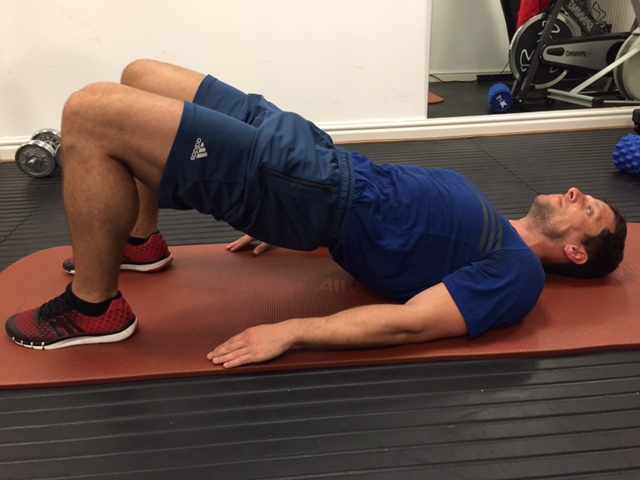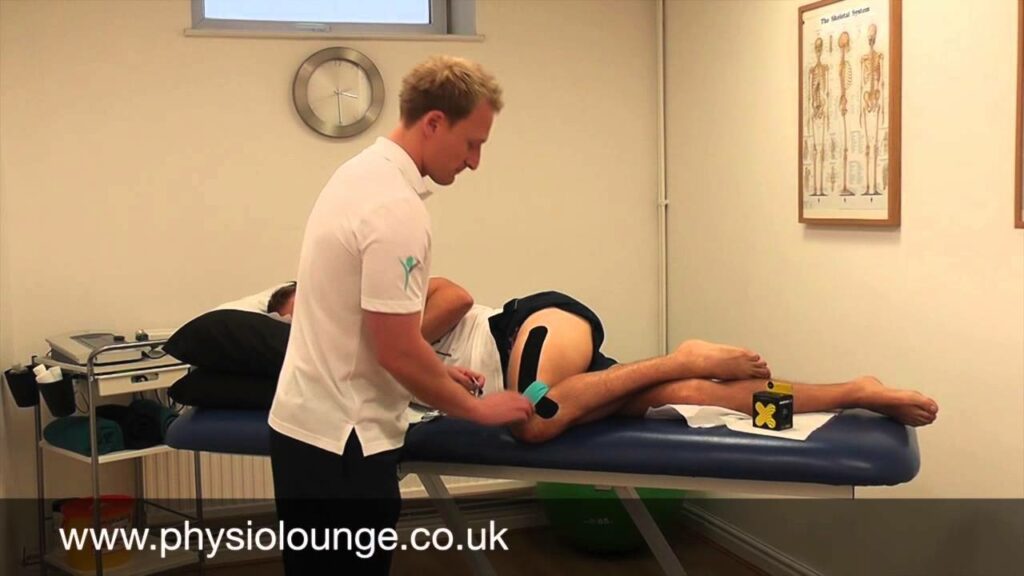It’s January, it’s dark and cold and we’re all a little off the pace following the Christmas excess! Too many parties, too much food and not enough exercise. In fact, the only sweat you’ve managed to work up is a meat sweat as your body struggles to breakdown all you’ve been eating! So now the time comes to don your trainers, wear brightly coloured, tight fitting gym clothes (that ordinarily you wouldn’t be seen dead in) and get yourself moving! I suppose the very fact that you’re reading this means you’ve got over the first hurdle, in that you have the right intentions, and want to up your exercise participation. The next step is how. All too often January sees a huge peak in gym membership sales, only for the gym to turn into a ghost town by February!
Now, if I was the cynical money-making type of person, I would relish January. All those keen ‘returning to exercise’ types giving it their all for four weeks, only to tear a hamstring, strain an achilles tendon or overload their back! I should really be leafleting outside the door of every gym chain in the land! ‘New year… new hamstring tear!’

Instead, I’m going to offer some advice that hopefully will help to get you back into exercise and avoid unnecessary injury. I find the longer you stay away from exercise, the more difficult it is to get back to. So it’s time to get back on the horse cowboy!
1. You’re no longer a beast, more an angry slightly wheezy cub!
Resist the temptation to go all out and train like you did before. There is definitely a place for pushing yourself hard during a workout… but that place is not in your first week back ! When you train, your body adapts and gets stronger, and therefore is more efficient at performing certain tasks. When you stop training your body adapts to work at that less stressful level and the gains you made previously diminish.

Aim to start back at approximately 50-75% of your previous exercise load and gradually progress from there over a 4-6 week period. Progress steadily and don’t be tempted to push too hard, this way improving safely and effectively without exposing yourself to injury or excess soreness.
2. Praise, rather than beat yourself up
I know, you feel bad for giving up your good habits, for eating and drinking too much, for letting go of the progress you’d made before. Chin up! Rather than lamenting your lapse in discipline…crack on! It’s not the end of the world, nobody died because you took a break from exercise, so less negativity and get back on it. You’ve made a good choice in choosing to get back to some training, so give yourself a high five, or a firm handshake depending on how pleased you are with yourself!

3. Find something you like
I never excelled at maths in school, I always had to work hard at it. The reason… working out angles in a triangle is boring! It didn’t interest me. It’s the same with exercise. Running a 10km on the treadmill fills me with dread, the boredom factor for me is huge. So I find exercise that I like to do, that challenges me and that stimulates me mentally.
4. Show up!
Good intentions are great, but good intentions on their own don’t do anything. Commit to a regular routine, as difficult as that may be at times. Keep to a regular schedule that you can manage, turn up, get your work done, feel smug!
5. Attend a regular class
Classes or group exercise can be a great way of getting back to it. The motivation from training with other people can be really powerful, and the desire to turn up and not be the one to jib out on everyone else shouldn’t be underestimated. There are usually people in the same boat of getting back to exercise, and this creates an environment of group support to make that transition easier than if trying to go it alone.
6. Mobilise… lots!
Range of movement (ROM) relates to the degree of motion you have in a joint. Having adequate ROM to perform an exercise is crucial. If you don’t have enough ROM you may overload certain joints and tissues and cause injury.
Take the squat for example; some would argue there is no better exercise for improving strength and control. However, if you have a stiff mid back, tight hips and reduced ankle ROM, you’re going to struggle to perform the squat properly. Then all you’re going to get is poor results, joint and muscle pain and some funny looks at the gym!
Mobilise and stretch properly pre and post exercise. Take a look at our YouTube channel or our Facebook page for some helpful ideas.
7. Core is the law!
Core stability isn’t the best term, it’s one of those trendy terms that gets banded about, but that’s not the subject for today so we’re going to use the term motor control. Good mobility is one thing, but if you don’t have the adequate motor control to ensure the available movement you have is of good quality, then what’s the point. For example, you maybe able to get your leg around the back of your head, but if you don’t have good control in your gluteal muscles, hamstrings and trunk muscles then you may start to overload your hips or back, and end up with pain symptoms.

Working static, good postural positions can help to strengthen the appropriate muscles. Positions similar to that of yoga and pilates can be helpful. If in doubt try a screening assessment with a good physio.
Wrap Up
So remember… getting some exercise is good but getting injured is bad! Take it steady, build progressively, and always do your rehab/prehab! Crack on!
For more information or to book a physiotherapy appointment with one of our specialist physiotherapists in Liverpool, Manchester or Warrington contact us today.



